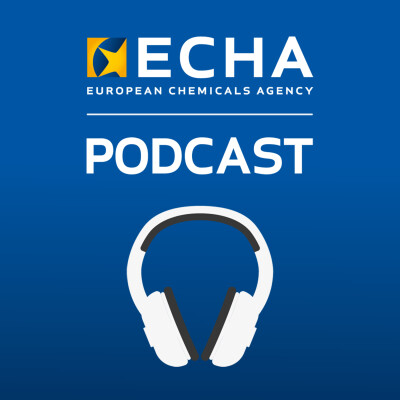Description
Welcome to the Safer Chemicals Podcast. In this episode, we explore an EU enforcement project that revealed concerning levels of banned chemicals in everyday consumer goods across Europe. The findings? A significant 18% non-compliance rate in various items like electrical devices, sports gear, toys, and fashion products.
Join us as we discuss the project's key discoveries and recommendations with experts Karin Rumar and Maciej Baranski. They shed light on the presence of harmful substances like phthalates, lead, and cadmium in these items, and how enforcement measures were taken to address non-compliant products.
The project's recommendations for industry emphasise the responsibility of companies in ensuring product safety. They advocate for heightened awareness, risk-based compliance checks, and stringent assessments to prevent hazardous chemicals in consumer goods.
Check our website for the full report and stay updated on future initiatives by subscribing to our newsletter.
Useful links
- Hazardous chemicals found in consumer products - ECHA news, 13 December 2023
- Safety Gate: EU rapid alert system for dangerous non-food products
- Episode transcript
- More episodes on the Enforcement Forum
- Give us feedback
**************
Follow us on:
Disclaimer: Views expressed by interviewees do not necessarily represent the official position of the European Chemicals Agency. All content is up to date at the time of publication.
Hosted on Ausha. See ausha.co/privacy-policy for more information.
